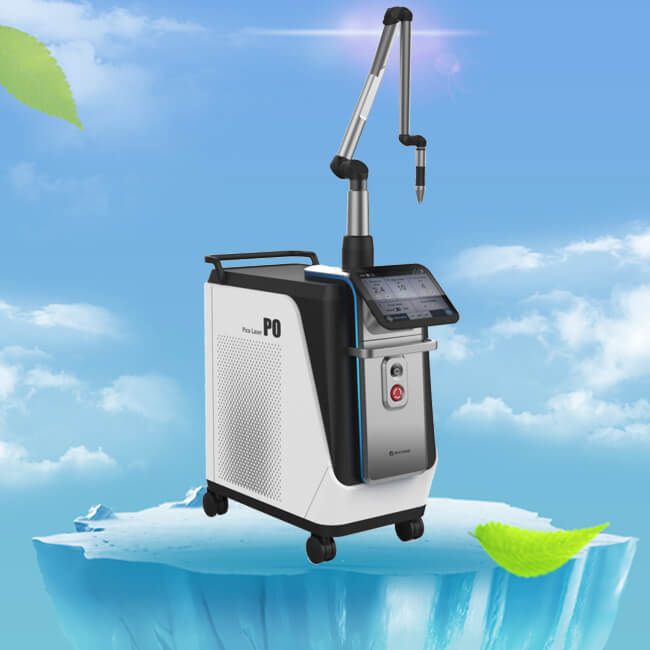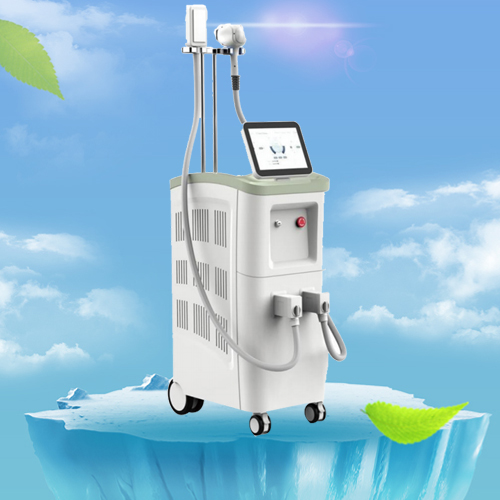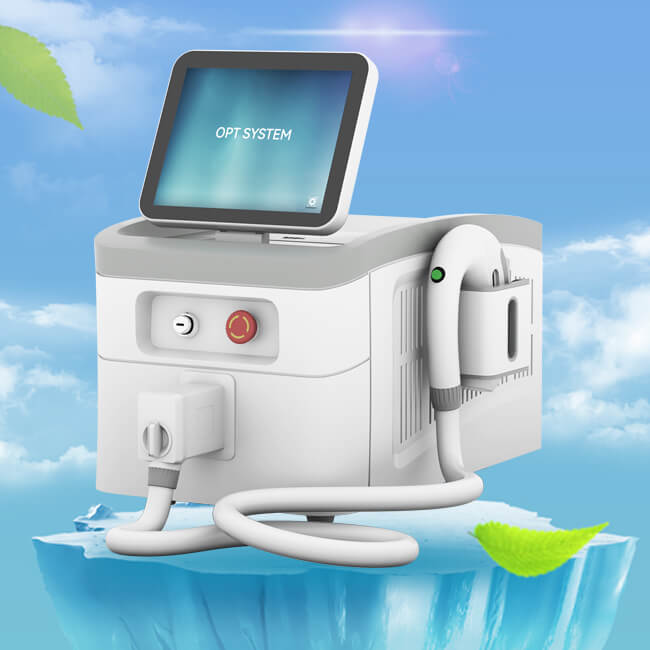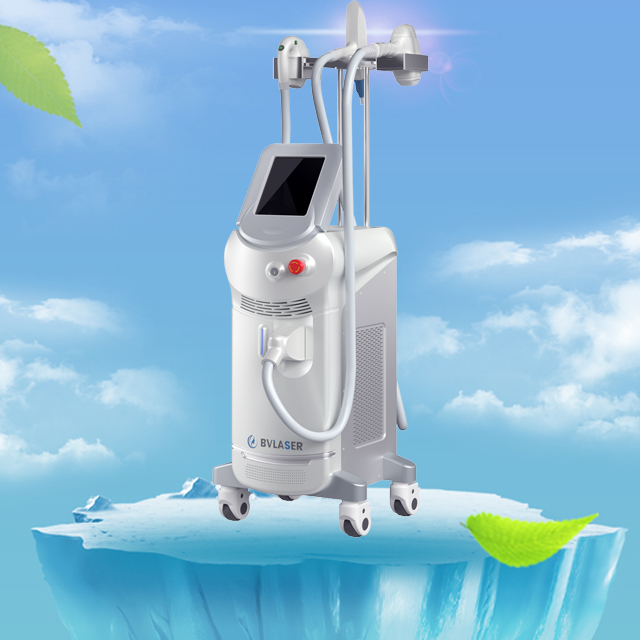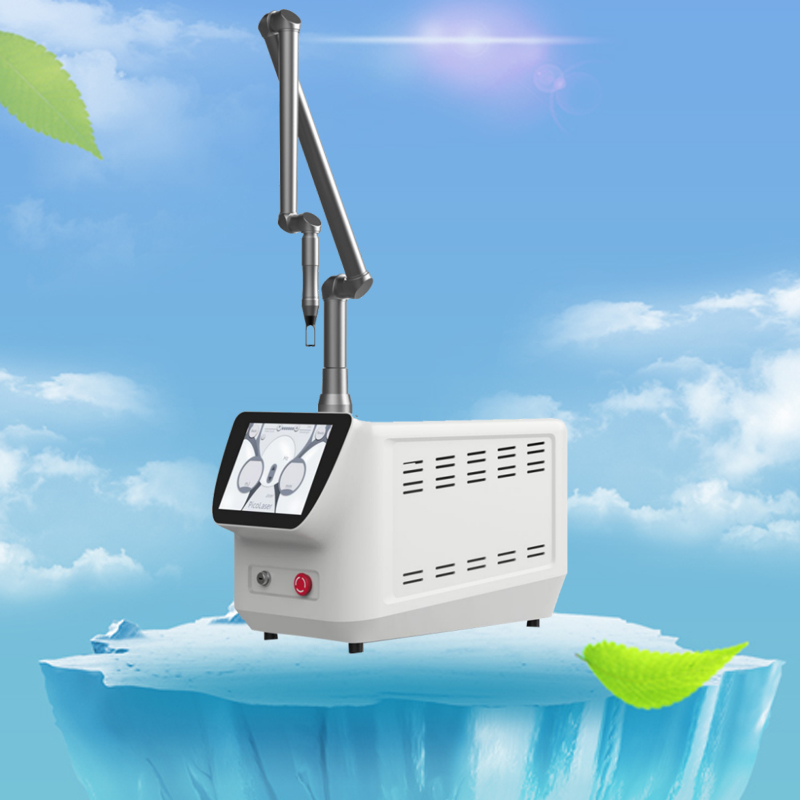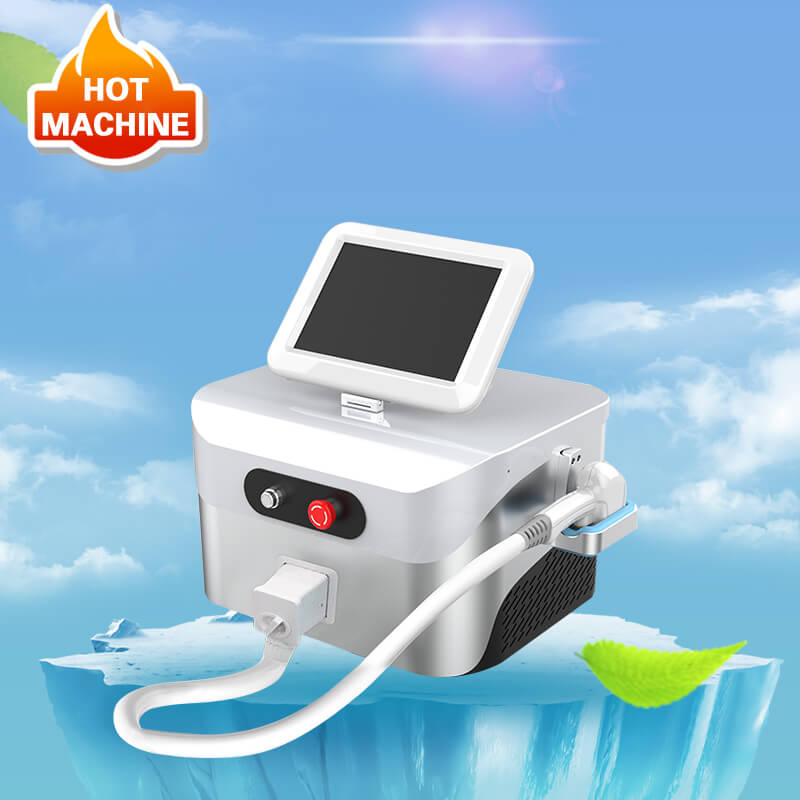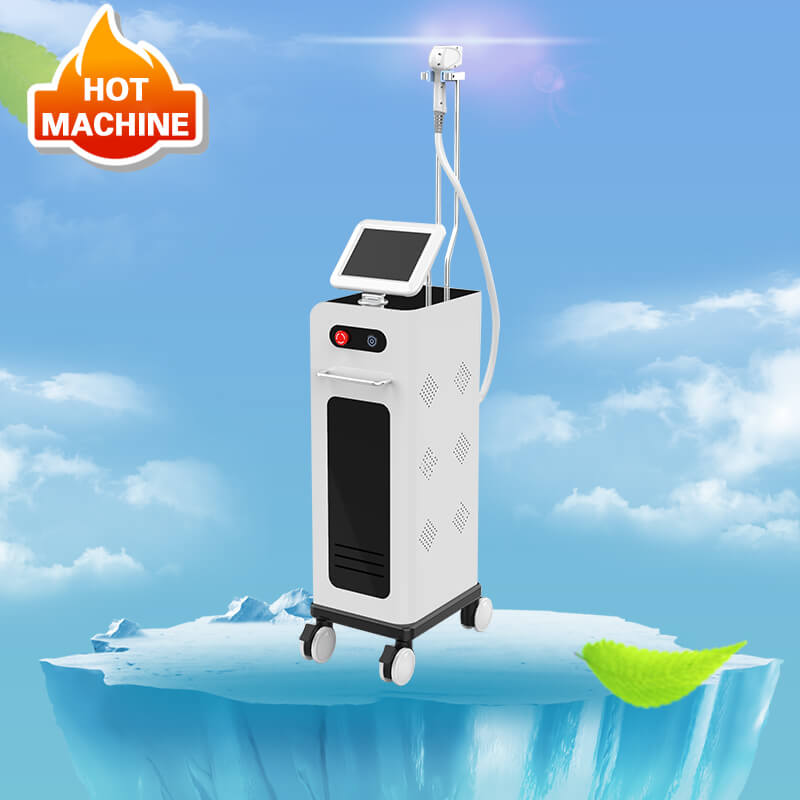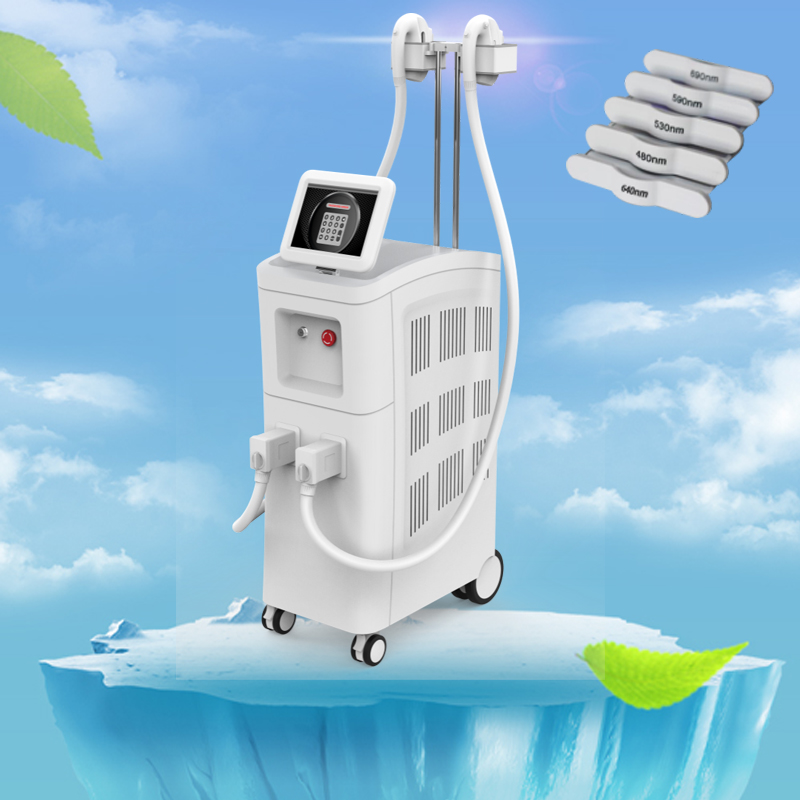What is the difference between picosecond and nanosecond laser?
Author:baishilf Time:2023-11-08 14:06:59
The best picosecond laser machine is a device that uses very short pulses of laser light to perform various applications, such as tattoo removal, skin rejuvenation, pigment correction, and marking. Picosecond laser tattoo removal machine has advantages over traditional lasers, such as less heat damage, more precise results, and faster recovery.

What is the difference between picosecond and nanosecond laser?
The difference between picosecond and nanosecond lasers is mainly in their pulse duration, which affects their precision and thermal impact on the material being processed. High power picosecond laser has shorter pulses than nanosecond lasers, which means they can deliver higher peak power with lower energy input. This reduces the heat build-up and the risk of thermal damage to the material, resulting in more precise and clean cuts or welds. Picosecond lasers are also more effective in removing unwanted pigment, wrinkles, acne scars, and tattoos from the skin, as they can break down the pigment particles more efficiently than nanosecond lasers.

How does a picosecond laser work?
A picosecond laser works by emitting very short pulses of laser light that can target pigments or ink particles in the skin or other materials. The pulse duration of a picosecond laser is less than one nanosecond, which means it can deliver high peak power with low energy input. This reduces the heat build-up and the risk of thermal damage to the surrounding tissue, resulting in more precise and clean results. A picosecond laser can break down the pigment or ink particles more efficiently than a nanosecond laser, which uses longer pulses and causes more photothermal destruction. A picosecond laser can be used for various applications, such as tattoo removal, skin rejuvenation, pigment correction, and marking.
How long does it take to see results from a picosecond laser treatment?
The time it takes to see results from a picosecond laser treatment depends on the type and extent of the condition being treated, as well as the individual’s skin type and healing ability. Generally, most patients will notice some improvement in their skin tone and texture within a few days after the treatment, but the full effects of the treatment may take several weeks to months to appear. This is because the picosecond laser stimulates the natural production of collagen and elastin in the skin, which are essential for skin repair and rejuvenation. Collagen and elastin take time to grow and remodel the skin, so the results are gradual and progressive. Some sources suggest that optimal results can be seen around the six to eight-week mark, but this may vary depending on the individual and the number of treatments required. For tattoo removal, the results may also depend on the size, color, and location of the tattoo, as well as the type and quality of the ink used. Some tattoos may require multiple sessions to achieve complete clearance, while others may fade significantly after one or two treatments. The picosecond laser breaks down the tattoo ink into smaller particles, which are then eliminated by the body’s immune system. This process can take several weeks to months, so the tattoo will gradually fade over time. Some patients may see noticeable results after the first treatment, while others may need to wait longer.





